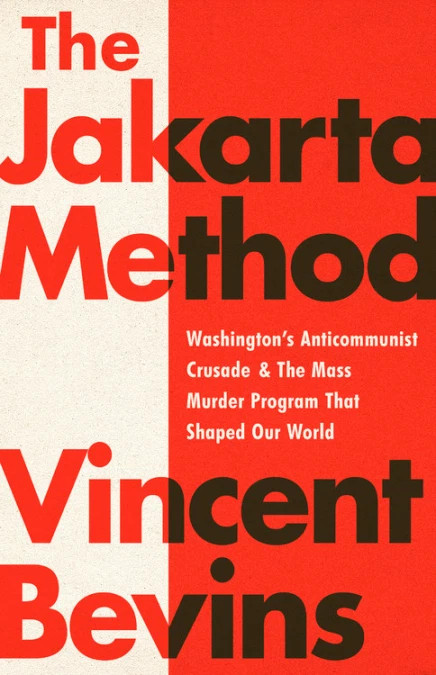

Justices Scalia and Thomas, by contrast, led the revolution to reinterpret the Second Amendment to protect an individual right to own guns for self-defense.īlack also was a skeptic of executive power, while Scalia and Thomas have supported broad claims of executive power. Miller (1939), which limited the right to keep and bear arms to the rights of states to maintain militias. Black joined the Court’s decision in United States v. These three originalists also interpreted the Second Amendment in fundamentally different ways. Meanwhile, Justices Scalia and Thomas have supported many forms of government aid to religion, including school vouchers. In one case, he said not “one penny” of taxpayer money should be used to support religious schools. For example, Justice Black was a strong defender of the “high wall” theory of the establishment clause. However, he reached results that Scalia and Thomas would never countenance.

Justice Black is often neglected in the literature on originalism, but he was the Supreme Court’s first full-throated originalist. In Limits of Constraint: The Originalist Jurisprudence of Hugo Black, Antonin Scalia, and Clarence Thomas, I show that justices often reached opposite conclusions using the same “originalist” approach: text and history. Among other things, Cole argues that the theory does not deliver on its promise of constraining judicial discretion, because of the many interpretive choices it leaves to judges.īut there is also empirical evidence for this claim.

David Cole’s “Originalism’s Charade” is a devastating critique of originalism as a method of interpreting the Constitution.


 0 kommentar(er)
0 kommentar(er)
